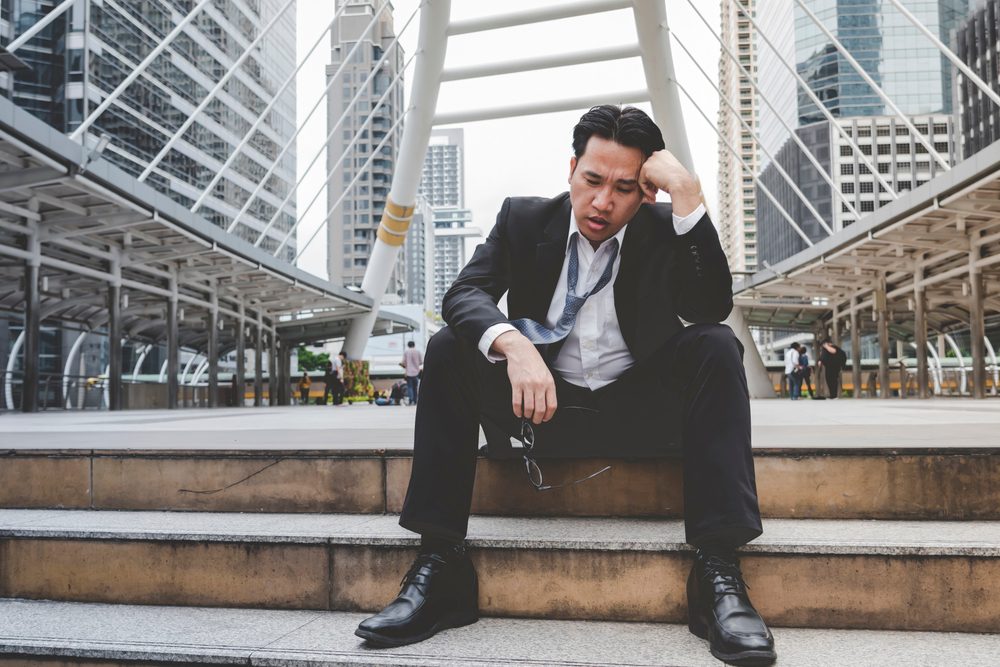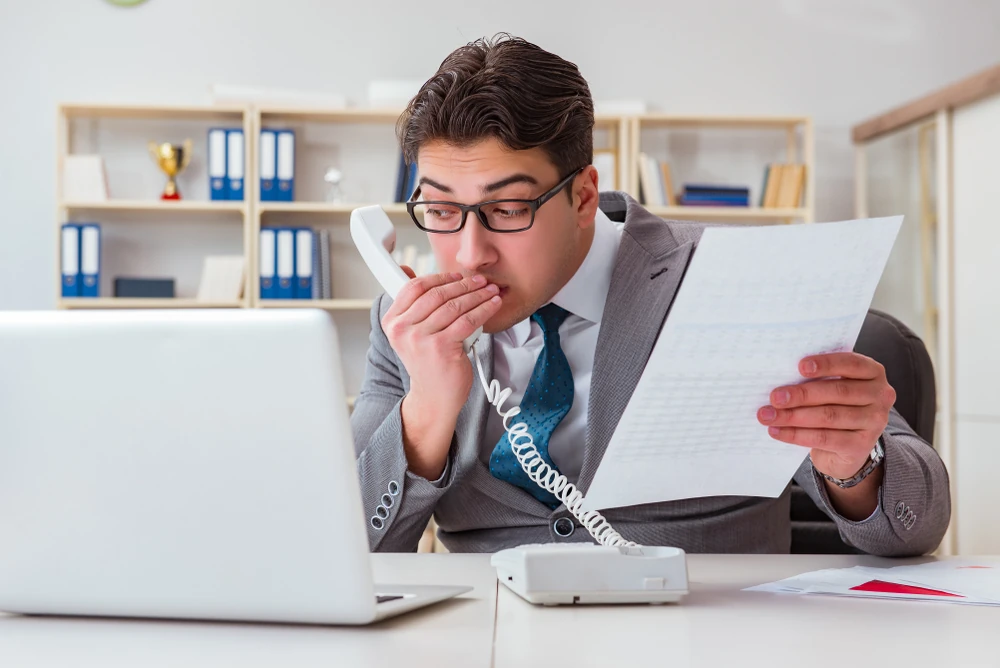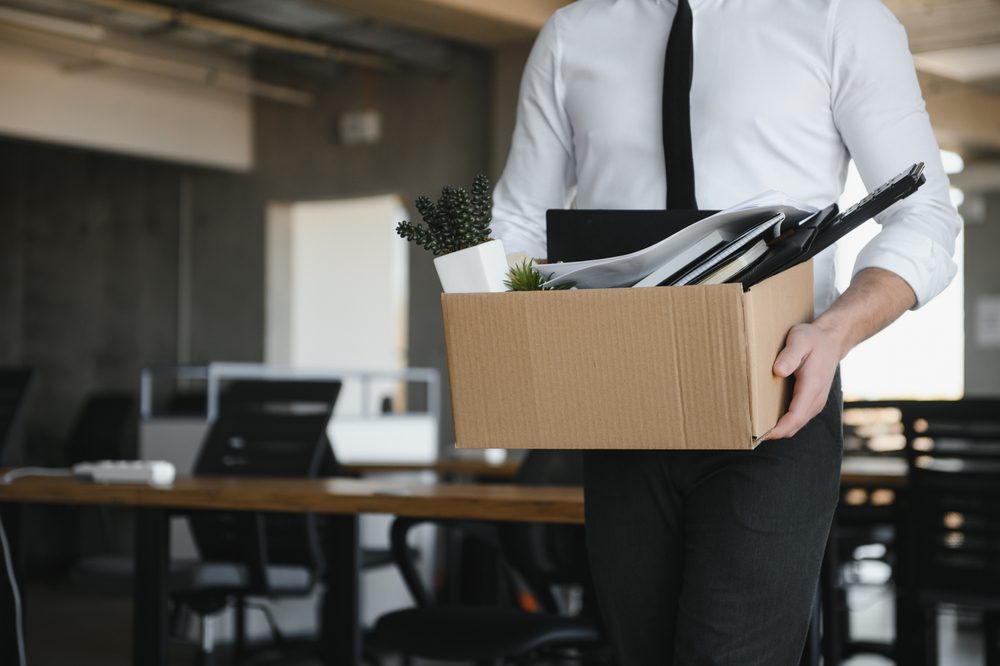
A jump in jobless numbers doesn’t just hit paychecks.
It ripples through the economy, reshapes politics, and shifts Fed policy.
When unemployment spikes, here’s what actually happens.
Consumer Spending Tanks
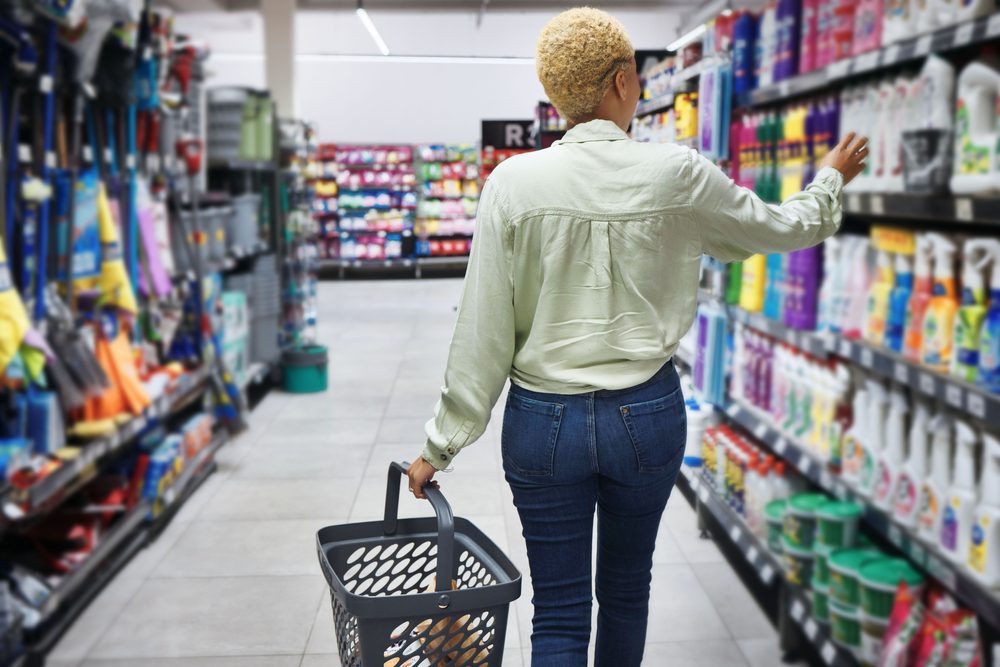
Laid-off workers cut back on everything from groceries to gadgets. Even those still employed spend less out of fear. Demand dries up fast.
Housing Market Weakens
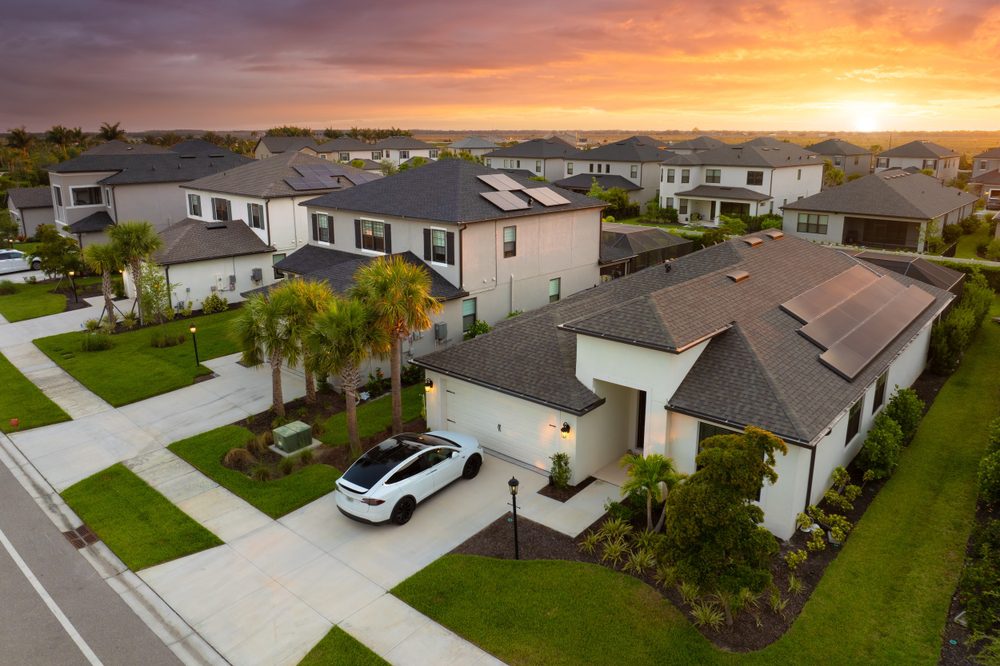
With fewer buyers and more missed mortgage payments, housing prices soften. Renters feel it too as evictions rise and vacancies increase.
Stock Market Jitters

Wall Street hates uncertainty. Rising unemployment signals slowing growth, triggering sell-offs — especially in retail, housing, and consumer goods.
Small Businesses Fold

With credit tightening and customers vanishing, small businesses get hit hardest. Closures spike, wiping out local jobs and services.
Government Safety Nets Strain
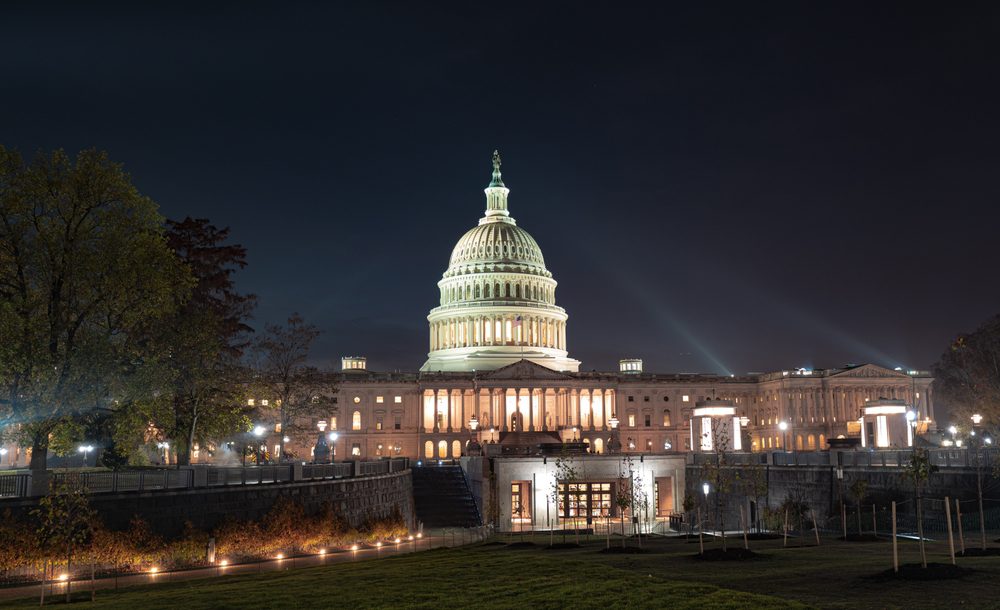
Unemployment insurance claims soar. SNAP, Medicaid, and housing assistance rolls expand, stressing federal and state budgets.
Federal Reserve Steps In
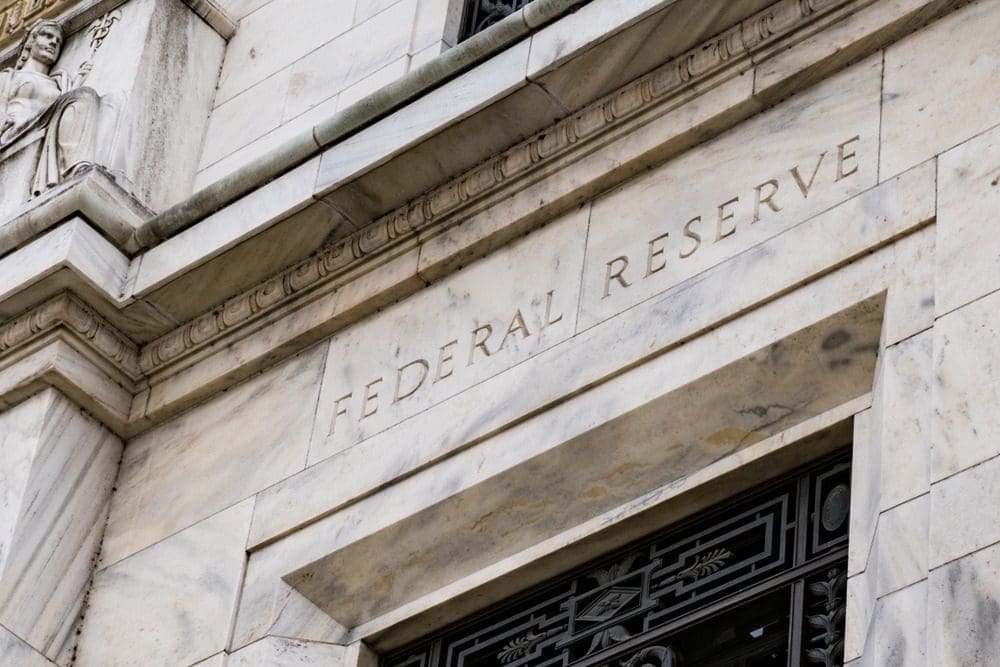
The Fed typically cuts rates or ramps up stimulus. A spike in joblessness puts pressure on Powell to ease, even if inflation is still sticky.
Politics Shift

High unemployment erodes trust in incumbents. Opposition parties seize on economic pain, reshaping election odds.
Mental Health Crisis Grows

Job loss fuels stress, depression, and addiction. Hospitals and clinics see surges, especially in already vulnerable communities.
Crime and Instability Rise

Historical data links unemployment spikes to higher crime rates, protests, and unrest. When jobs vanish, social stability frays.
The Cycle Feeds Itself

Less spending → weaker business revenues → more layoffs. A spike can snowball into a recession if not checked.
The Takeaway
Unemployment spikes are more than a statistic — they’re a shockwave. They drain wallets, break businesses, force Fed action, and reshape politics. How deep the damage goes depends on how quickly jobs come back.

